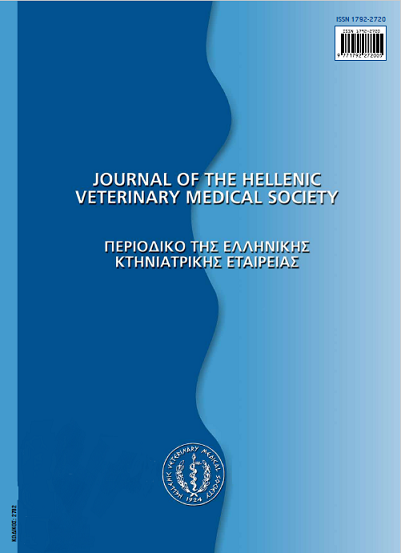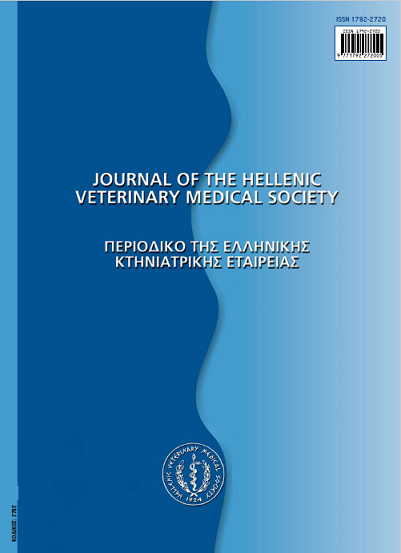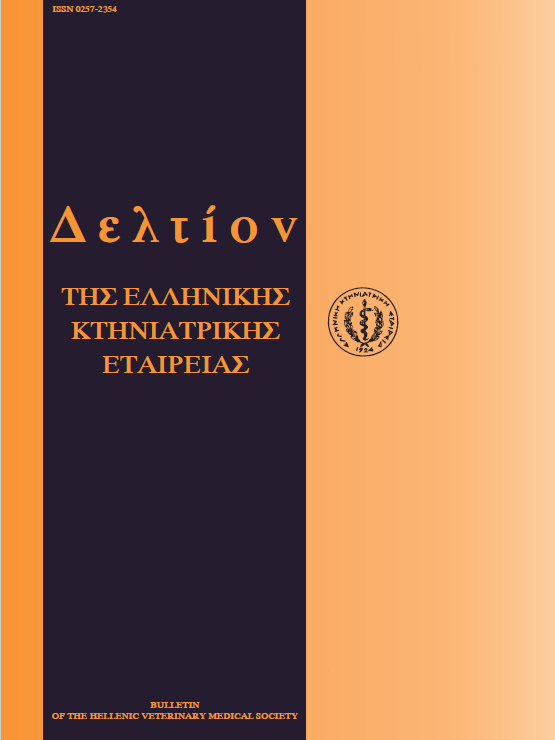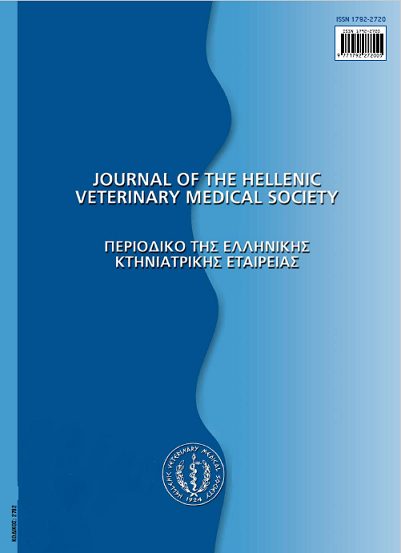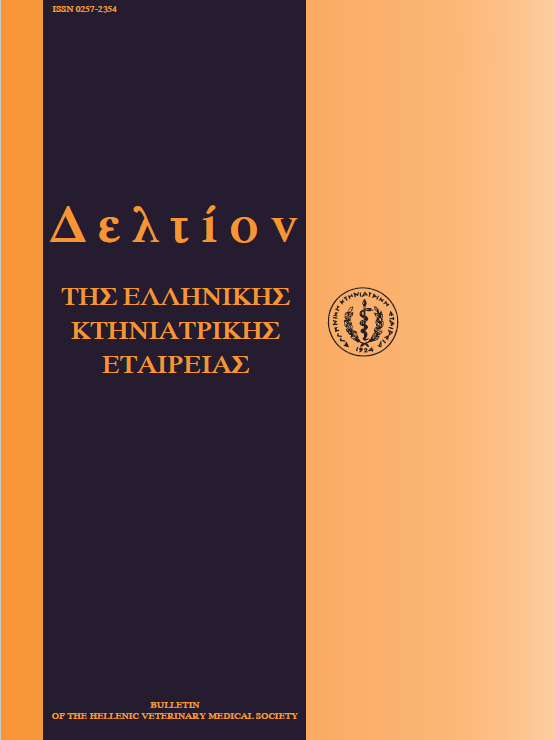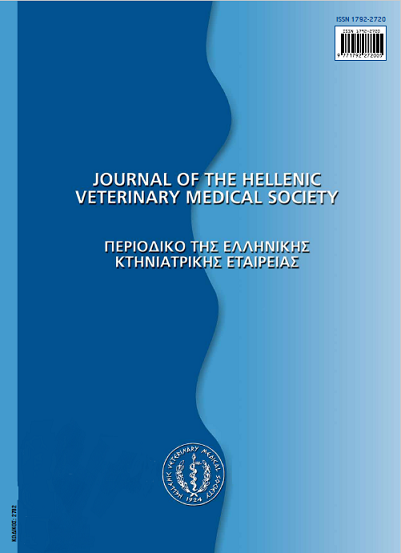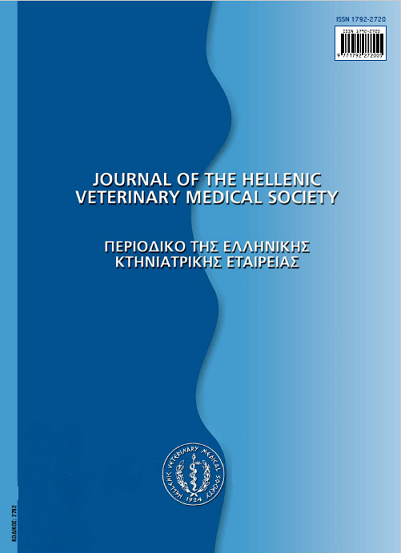On farm Veterinary Management - Biosecurity measures for the production of high hygienic quality pork meat
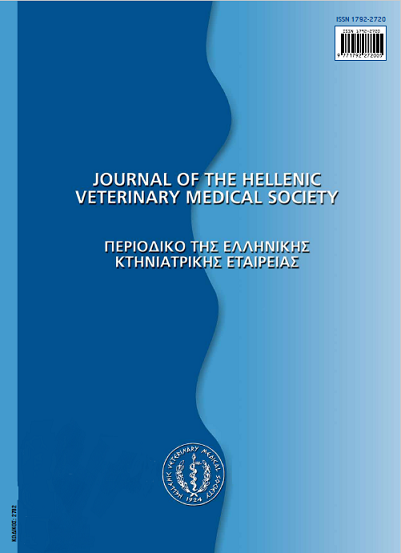
Abstract
At the beginning of the 21st century the greek pig industry has to face new challenges. Its frustrating position today is the result of lack of programming and clear targets, as a consequence of false decisions by almost all implicated authorities. Moreover, modern consumer's demand for high quality hygienically certified pork meat and the extremely competitive environment of the European Union necessitate the uptake of measures for the survival of the greek pig industry. It is essential to implement a legislatively consolidated on farm veterinary management programme in all greek industrial pig farms under full supervision and responsibility of the authorized veterinarian of every farm. As support to this programme, it is also important to follow the rules of a veterinary protection-biosecurity programme and to use an on farm HACCP compatible system. In this way it will be possible to produce high health status slaughter pigs. The on farm veterinary management programme will significantly contribute, in coordination with all the other responsible authorities (meat inspectors, public health veterinarians etc.), to the production of high quality hygienically certified pork meat, which is mostly preferred by Greek and European consumers. Furthermore, the implementation of an on farm veterinary management programme in all greek industrial pig farms will extensively assist to the improvement of the greek pig industry's competitiveness and productivity, the protection of public health and of the environment. If all responsible authorities take the appropriate actions, there will be an opportunity for the greek pig industry to survive under the current conditions. Finally, the consumer will see his demands for high quality hygienically certified pork meat to fulfilled after the application of all appropriate measures that will secure the production procedures of pork meat from «the stable to the table».
Article Details
- How to Cite
-
KYRIAKIS (Σ. Κ. ΚΥΡΙΑΚΗΣ) S. C., ALEXOPOULOS (Κ. ΑΛΕΞΟΠΟΥΛΟΣ) C., TASSIS (Π.Δ. ΤΑΣΣΗΣ) P. D., TZIKA (Ε.Δ. ΤΖΗΚΑ) E. D., KRITAS (Σ.Κ. ΚΡHΤΑΣ) S. K., KYRIAKIS (Κ.Σ. ΚΥΡΙΑΚΗΣ) C. S., & LYMPEROPOULOS (Α.Γ. ΛΥΜΠΕΡΟΟΥΛΟΣ) A. G. (2017). On farm Veterinary Management - Biosecurity measures for the production of high hygienic quality pork meat. Journal of the Hellenic Veterinary Medical Society, 54(3), 261–270. https://doi.org/10.12681/jhvms.15268
- Issue
- Vol. 54 No. 3 (2003)
- Section
- Special Article
Authors who publish with this journal agree to the following terms:
· Authors retain copyright and grant the journal right of first publication with the work simultaneously licensed under a Creative Commons Attribution Non-Commercial License that allows others to share the work with an acknowledgement of the work's authorship and initial publication in this journal.
· Authors are able to enter into separate, additional contractual arrangements for the non-exclusive distribution of the journal's published version of the work (e.g. post it to an institutional repository or publish it in a book), with an acknowledgement of its initial publication in this journal.
· Authors are permitted and encouraged to post their work online (preferably in institutional repositories or on their website) prior to and during the submission process, as it can lead to productive exchanges, as well as earlier and greater citation of published work.





